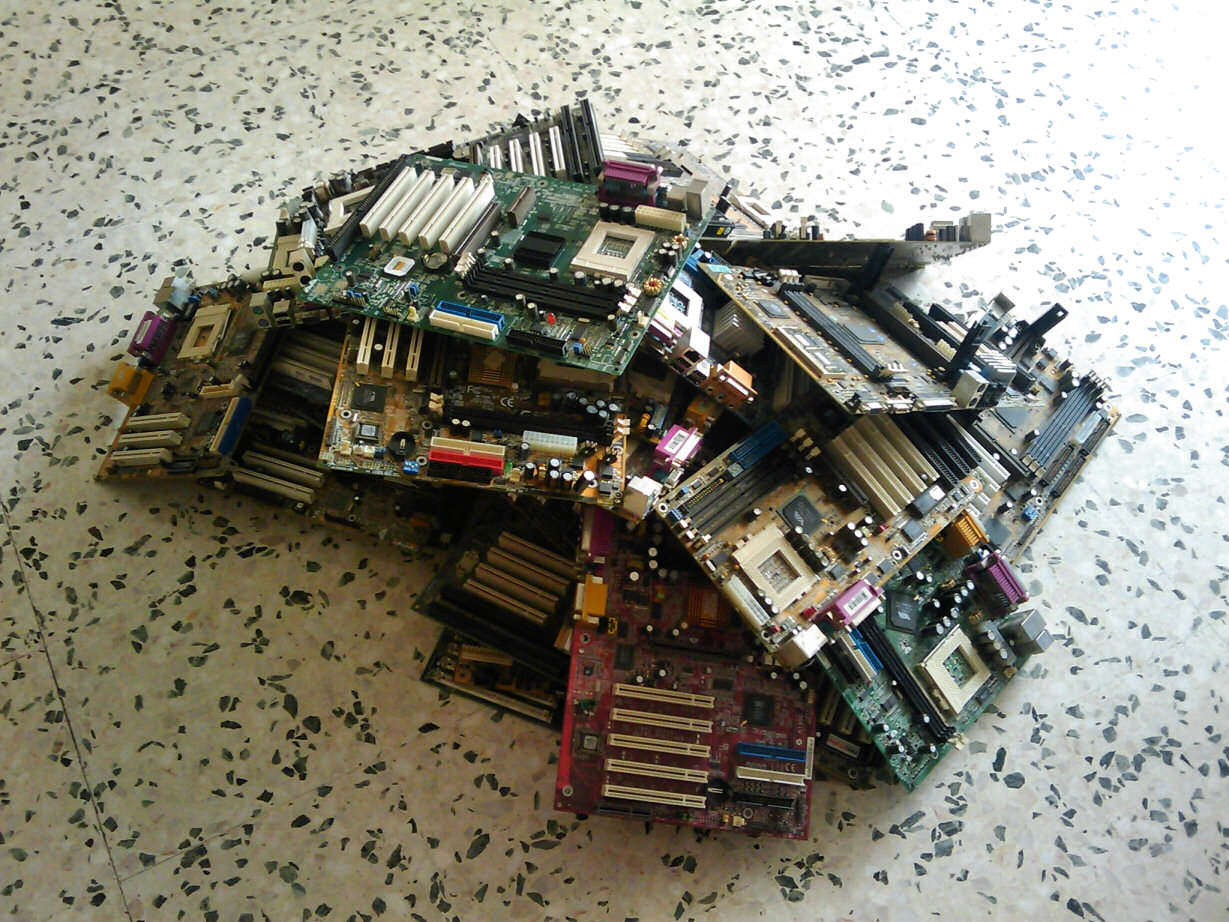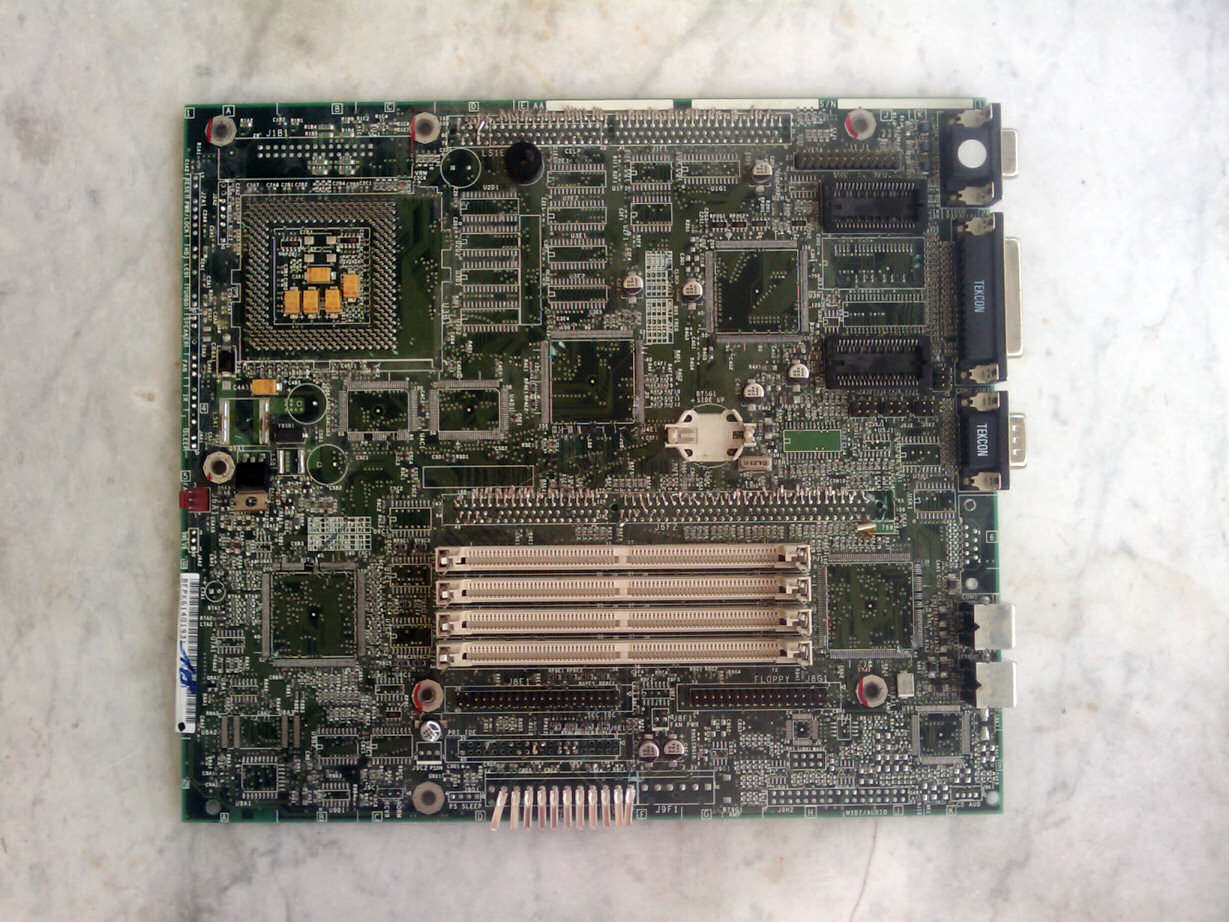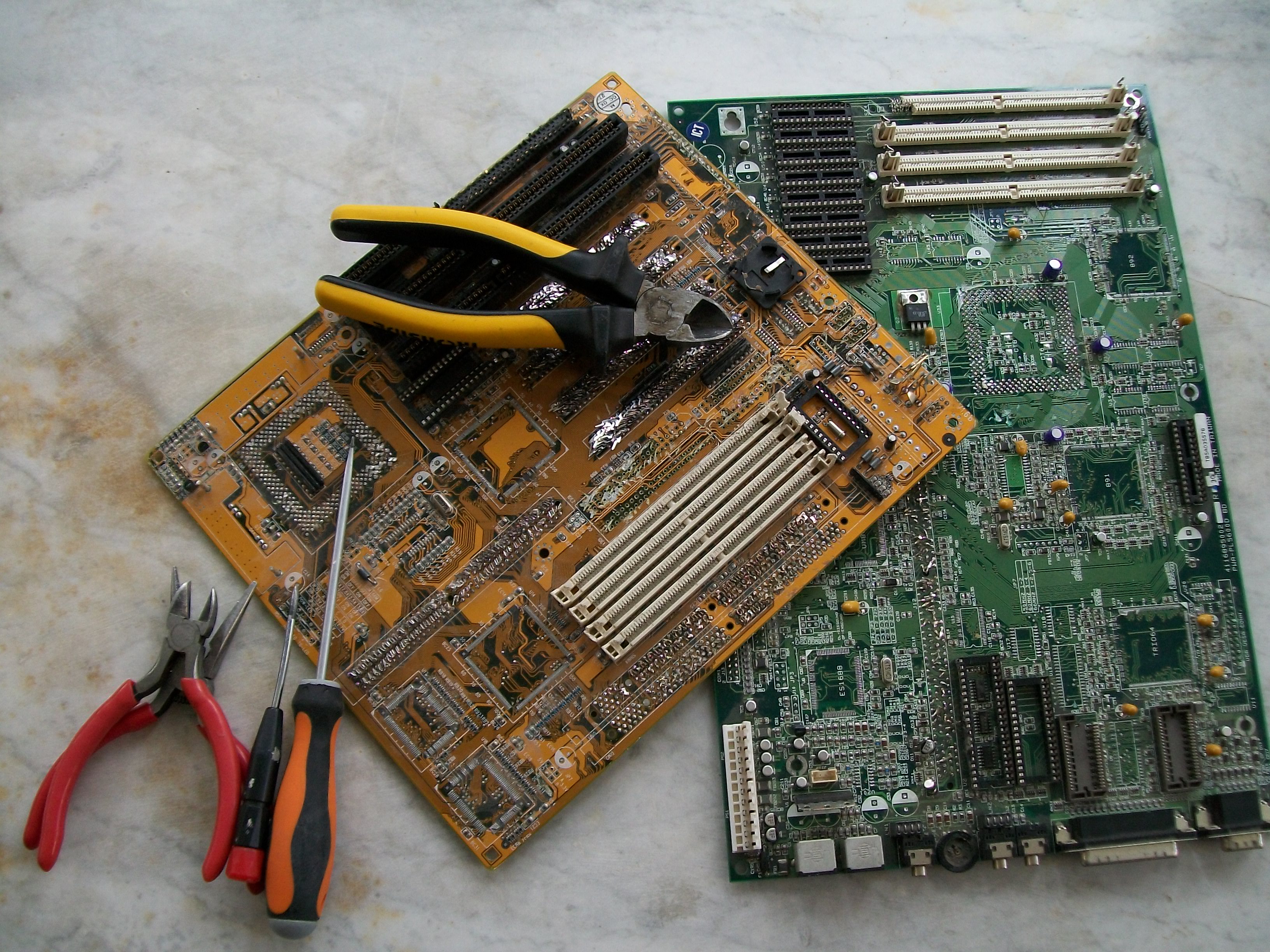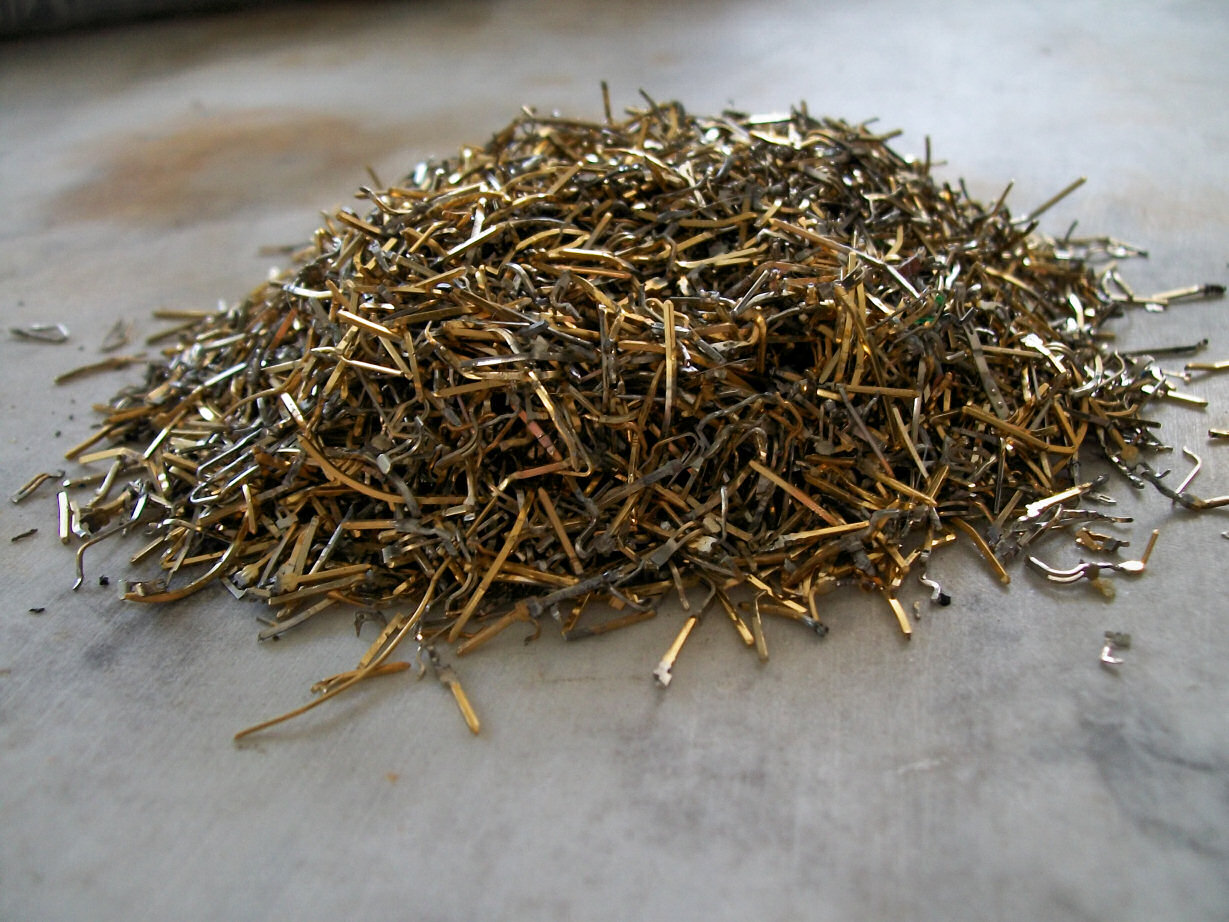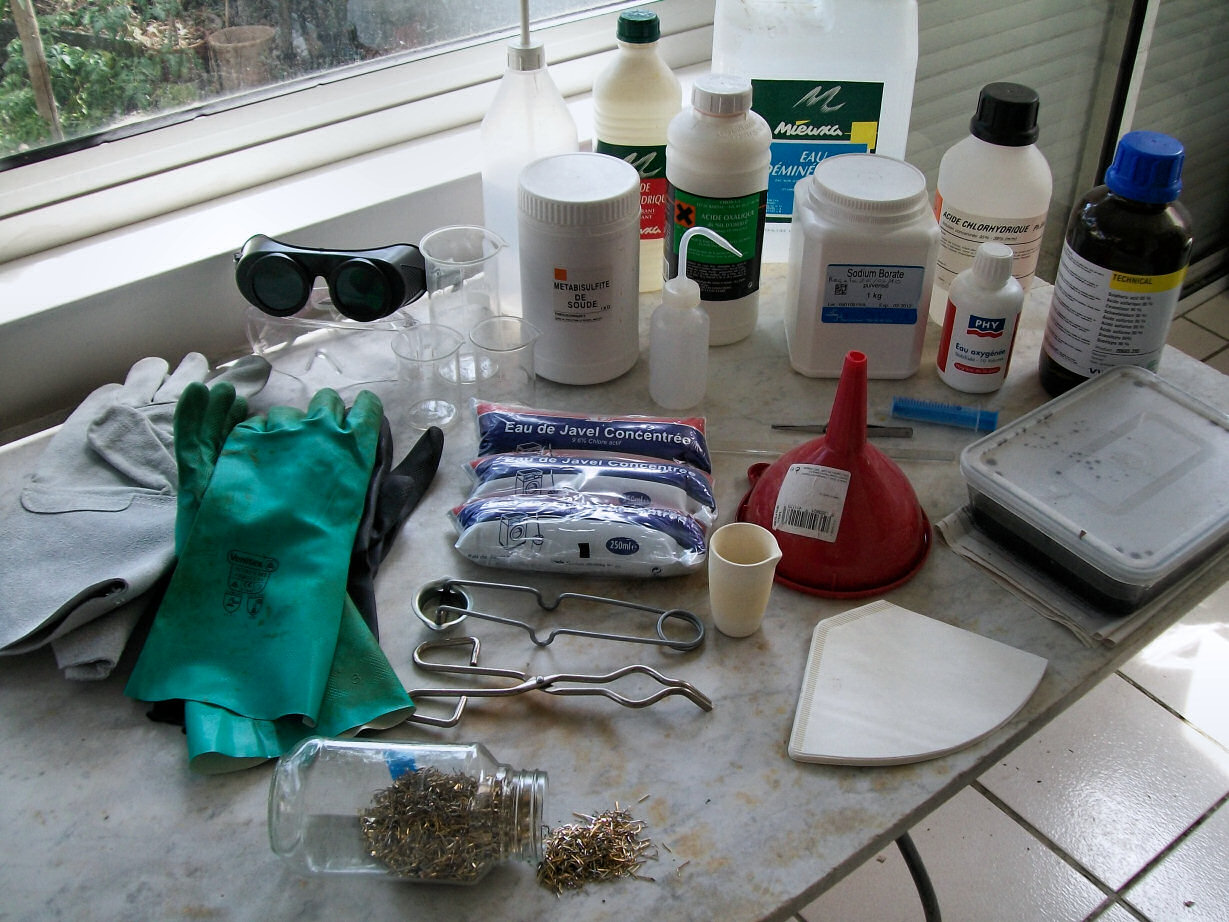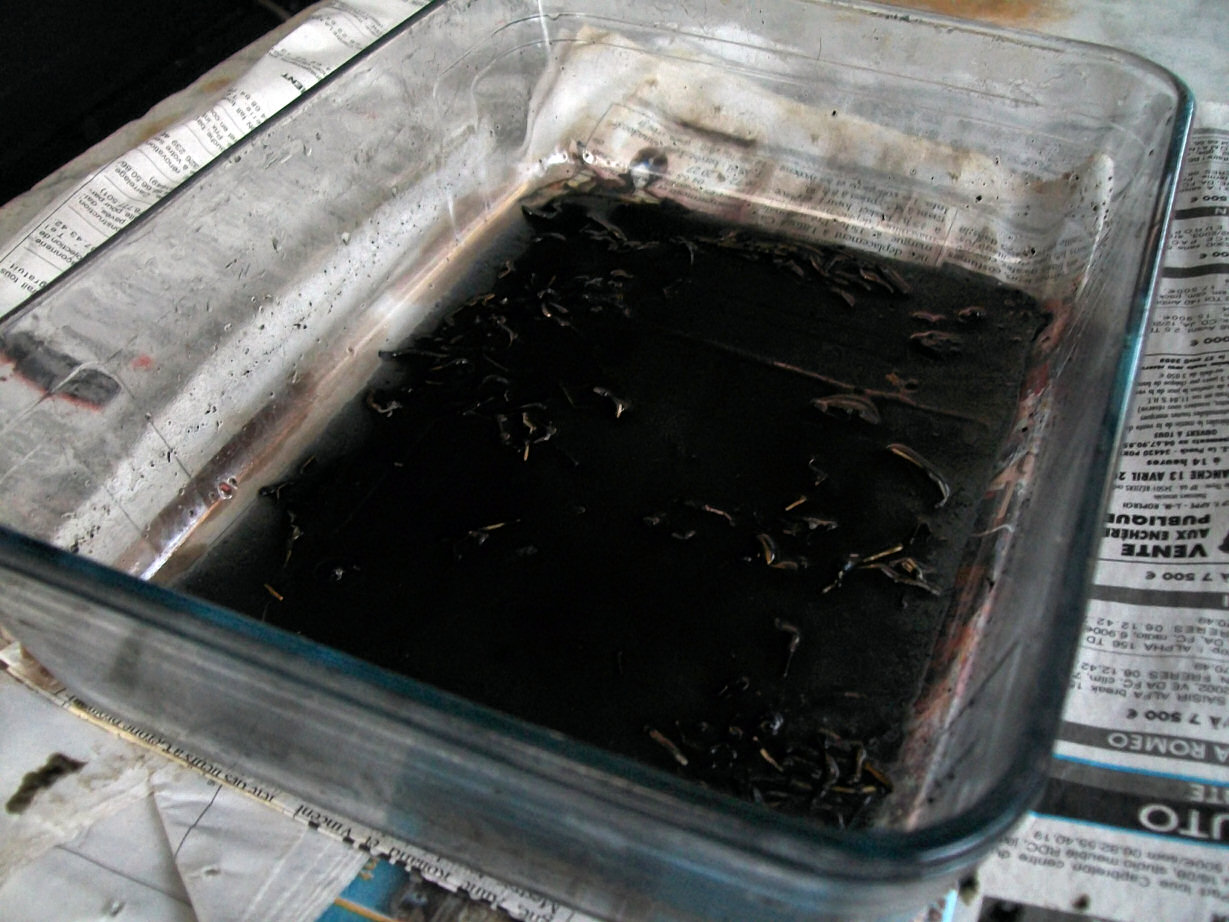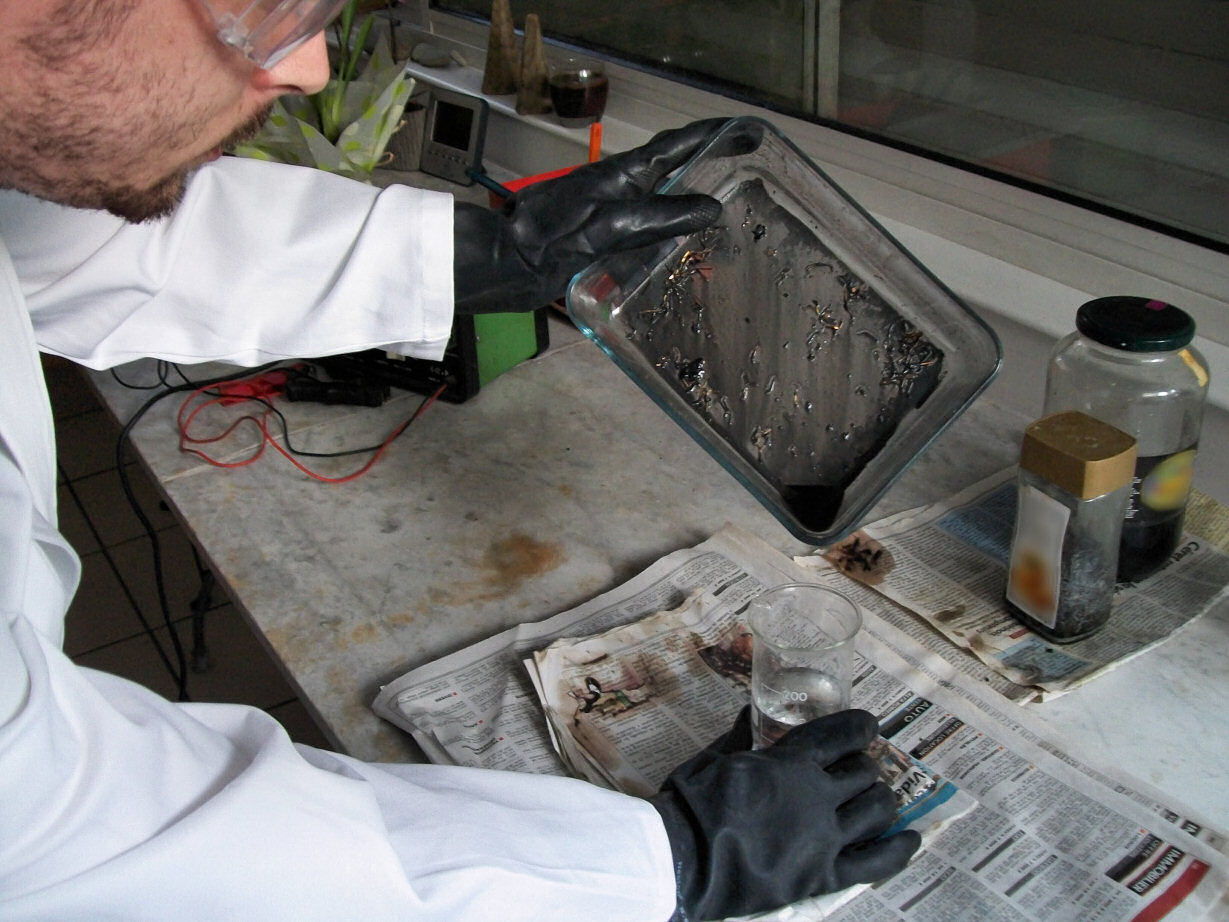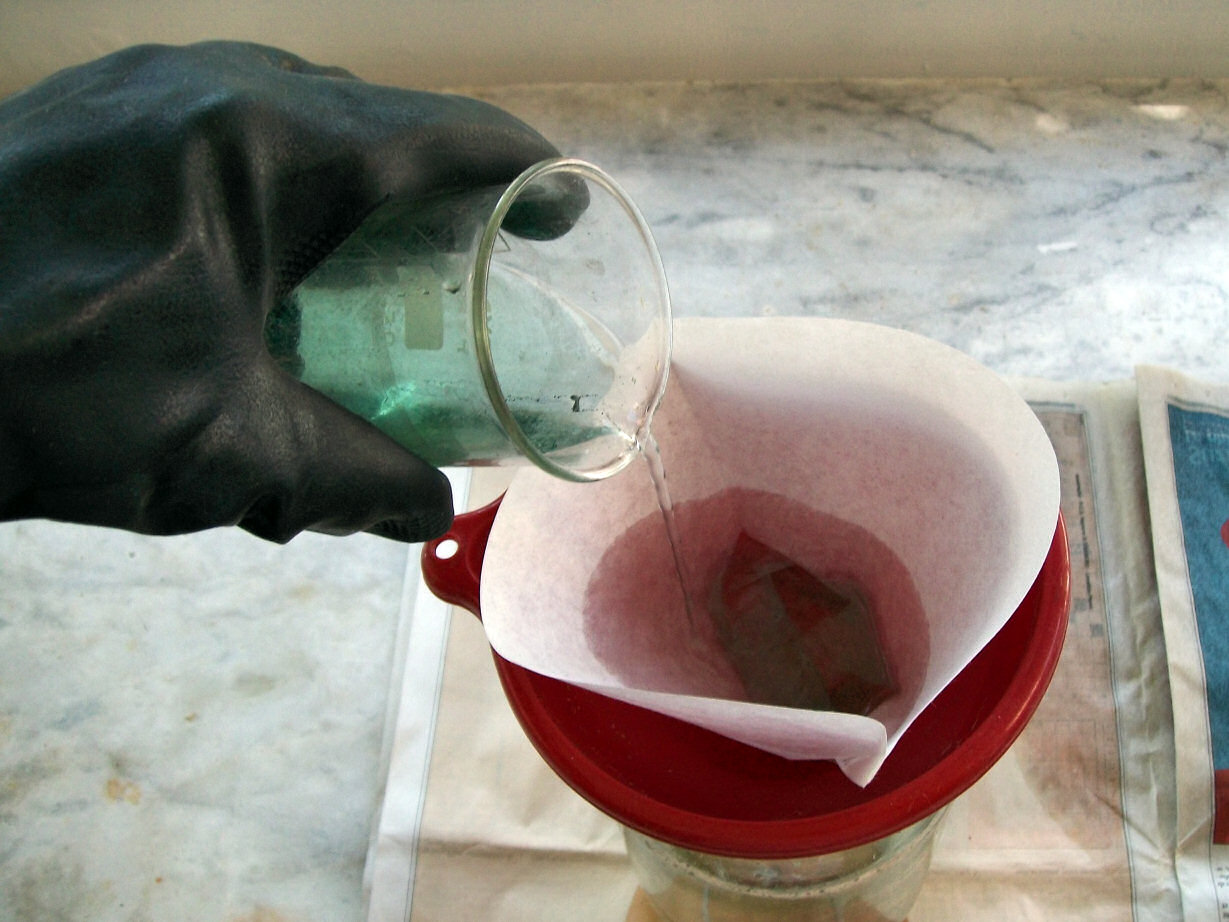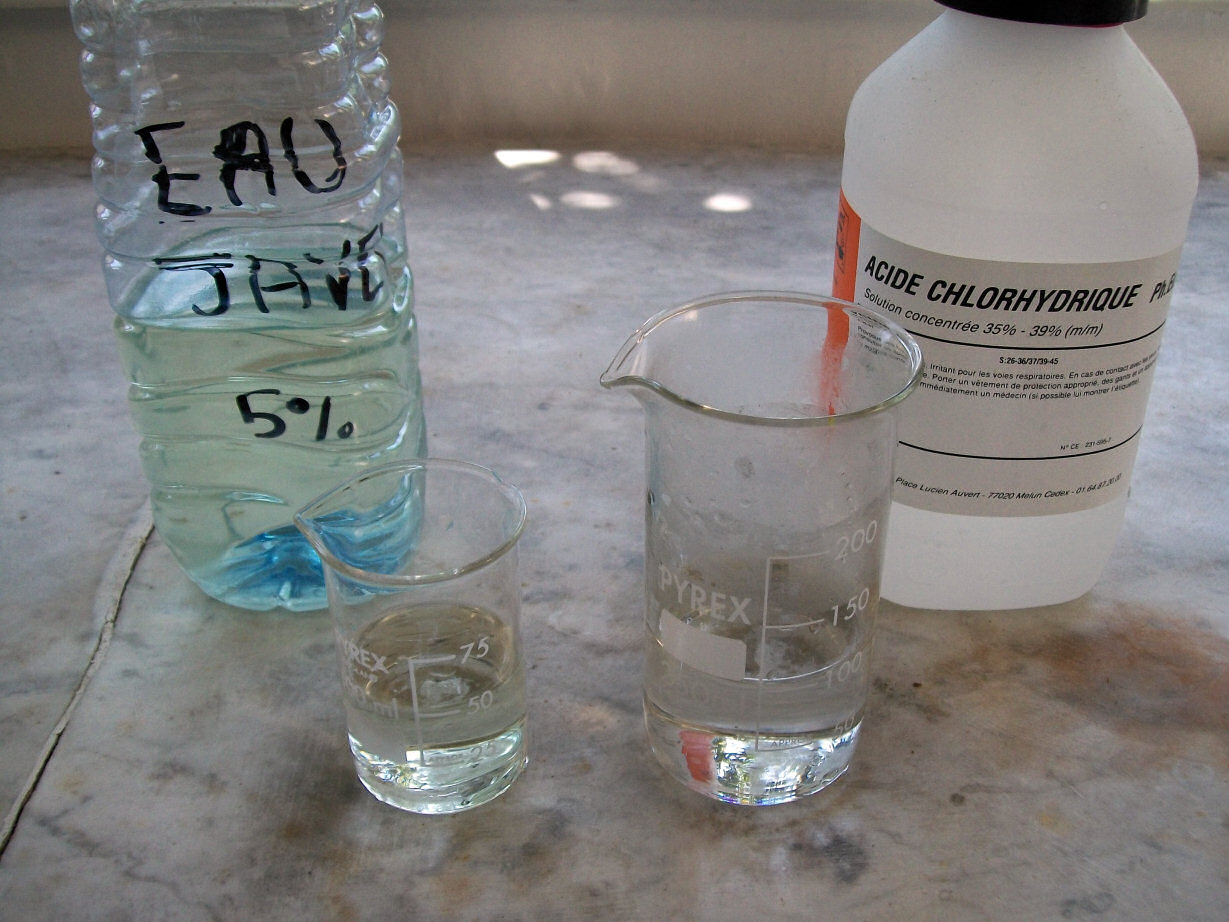Flashback Friday: Experiment - Can You Mine Gold From Old Motherboards?
A Real Gold Mine?
Editor's Note: Enough about mining, you say? We had a different take on mining seven years ago today--that is, not the crypto-currency version, but the real deal gold kind! Here's a little gem from our archives, whereby one of our French editors did a little chemistry experiment. I'll bet some of you remember this; but for those who don't, we decided to dust it off in the name of good ol' nostalgia.
Principally used in jewelry, gold (chemical symbol Au) is also used generally in manufacturing (and by the electronics and computer industries in particular) due to its excellent thermal and electrical conductivity, resistance to oxidation, and inalterability. The computer industry uses several hundred tons (318 tons in 2003, for example) of the element every year.
The precious metal is found in almost all computer components--processors, motherboards, extension cards, memory DIMMs, and so on. Of course, the amounts used in each part are infinitesimal. But with the price of gold skyrocketing in recent years, it’s becoming more and more economically-viable to recover gold from old electronic and computer components than to mine it. That’s why specialized companies have sprung up to do just that.
Today, we're going to show you how we recovered the gold from old motherboards using do-it-yourself methods. Please note: The chemicals used in this demonstration are extremely dangerous, especially in the concentrations used. Therefore, we strongly discourage you from attempting to reproduce this experiment at home.
Gold Everywhere
Gold is found in numerous places on a motherboard: IDE connectors, PCI Express slot, PCI, AGP, ISA, and other ports, jumper pins, the processor socket, and DIMM (SIMM on older motherboards) slots.
All of these connectors are often covered with a fine layer of gold a few microns thick, deposited by flashing or plating.
Tools
So, the first stage of our experiment is to recover all these pins and connectors. We need pliers and cutters, flat and Philips screwdrivers, and liberal amounts of elbow grease...
Get Tom's Hardware's best news and in-depth reviews, straight to your inbox.
Pins, Pins, And More Pins...
You need a lot of pins to conduct this experiment, and that's exactly what our donor boards provided...
Materials
...along with some equipment and chemicals.
Electrolysis
To recover the few micrograms of gold deposited on the pins, we’re going to use an electrolytic cell. The bath consists of a 95% solution of sulfuric acid. The cathode is lead and the anode is copper. The pins are placed in the copper anode, which we’ve formed into a basket shape.
Electrolysis: It Works
By running an electrical current through the cell, using an ordinary battery charger, the copper in the anode (and in the pins) dissolves and is deposited on the lead cathode. The gold, detached from the copper, forms a sediment at the bottom of the cell. Also note that the temperature of the bath increases significantly during this process.
Recovering The Deposit
Once all of the gold has detached from the pins, the bath is allowed to settle. Then, we recover as much of the sulfuric acid as possible, before diluting what remains in the bottom of the electrolytic cell.
Diluting
Be careful to always pour acid into water, and not the other way around! If you do it wrong, the first drops of water that touch the surface of the sulfuric acid will immediately be vaporized and could cause acid splashes.
Filtering
We end up with a diluted solution of sulfuric acid, various metals (including gold), and waste that then needs to be filtered. Why not just filter the solution directly, without diluting it? Because paper filters don't stand up well to strongly concentrated sulfuric acid. That's why.
Dissolving: Preparation
What remains in the filter is a mixture of various metals and impurities. We now dissolve everything in a mixture of hydrochloric acid at 35% and chlorine bleach (sodium hypochlorite) at 5%, in a proportion of 2 to 1.
2 HCl + NaClO -> Cl2 + NaCl + H2O
